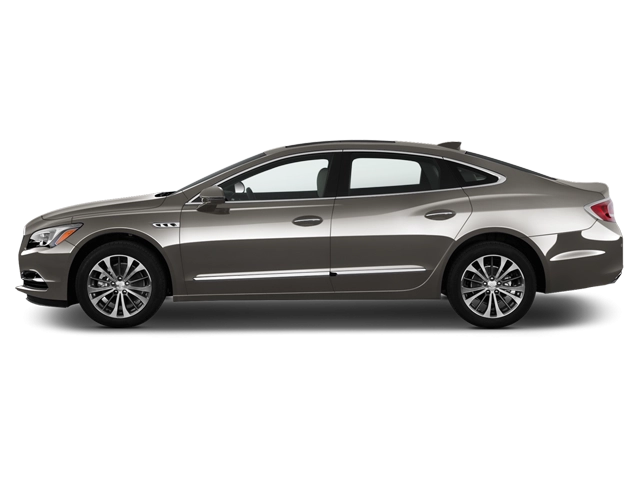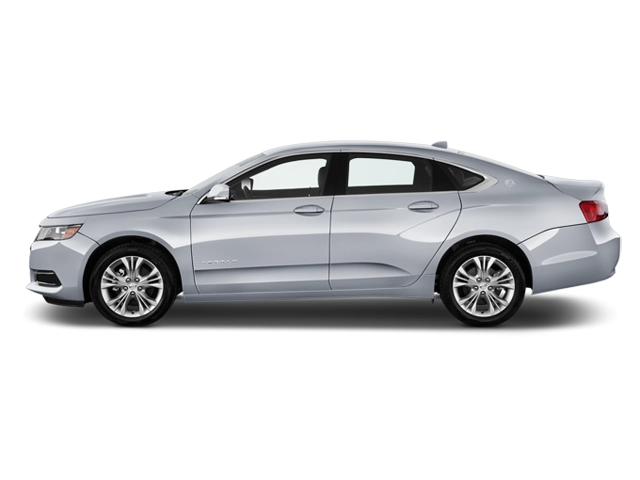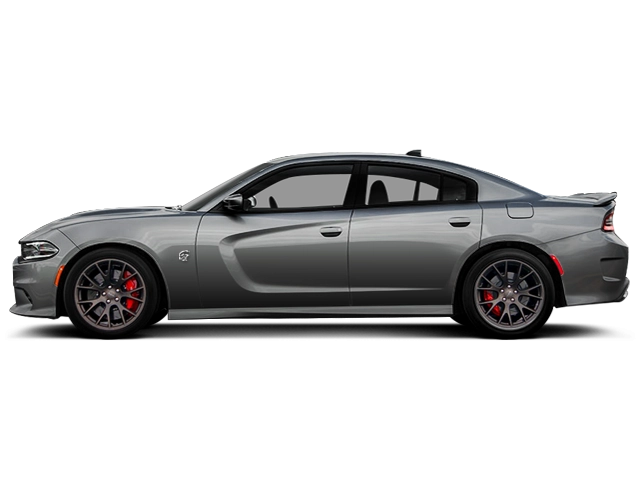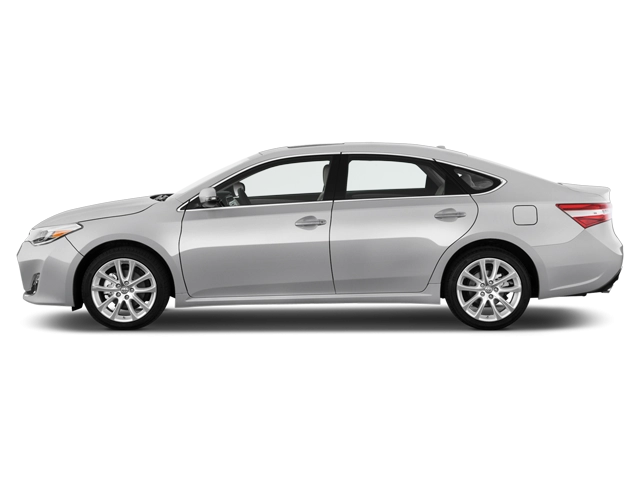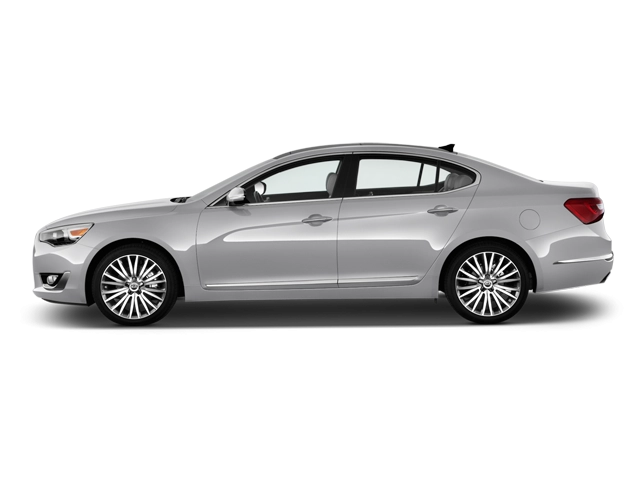Ford Taurus owners manuals

(owner manual)
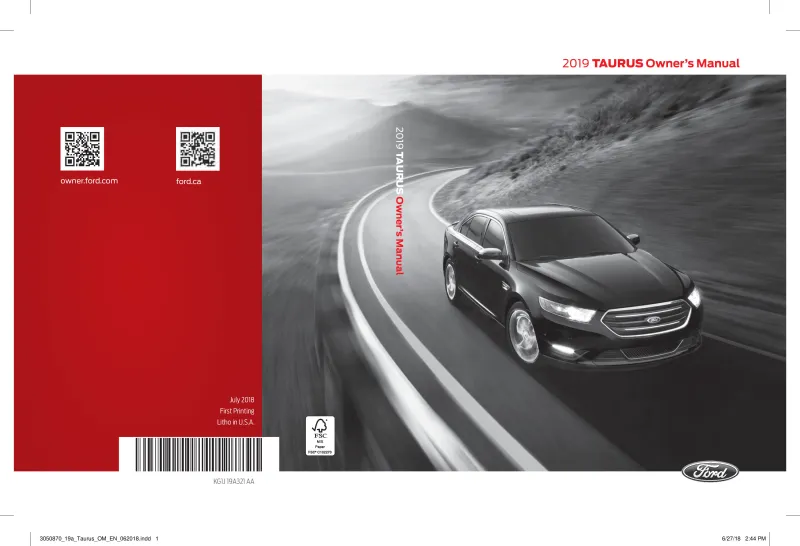
(owner manual)
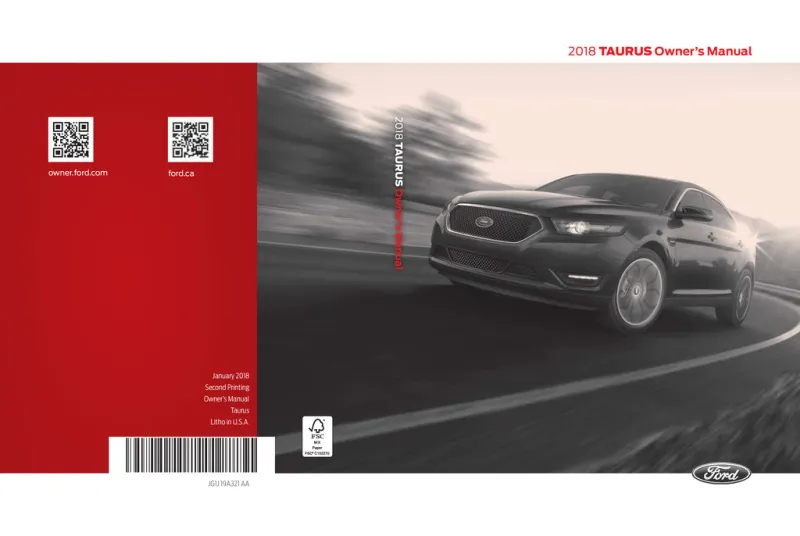
(owner manual)

(owner manual)
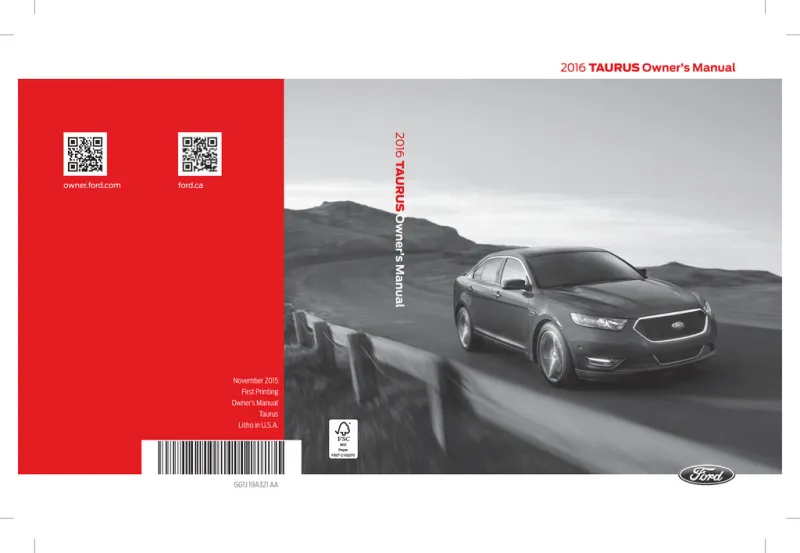
(owner manual)
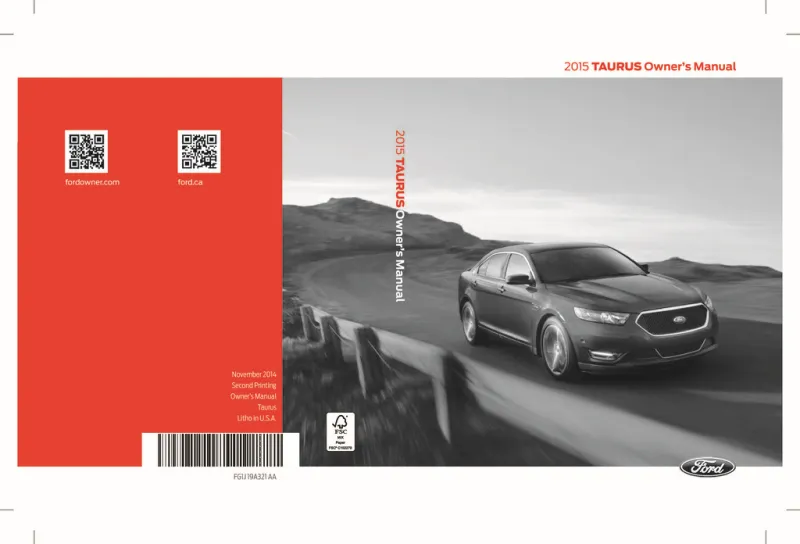
(owner manual)
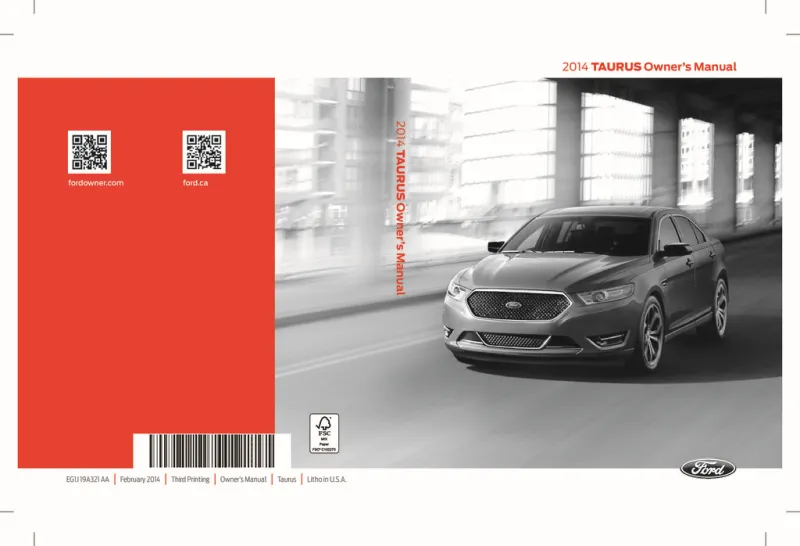
(owner manual)
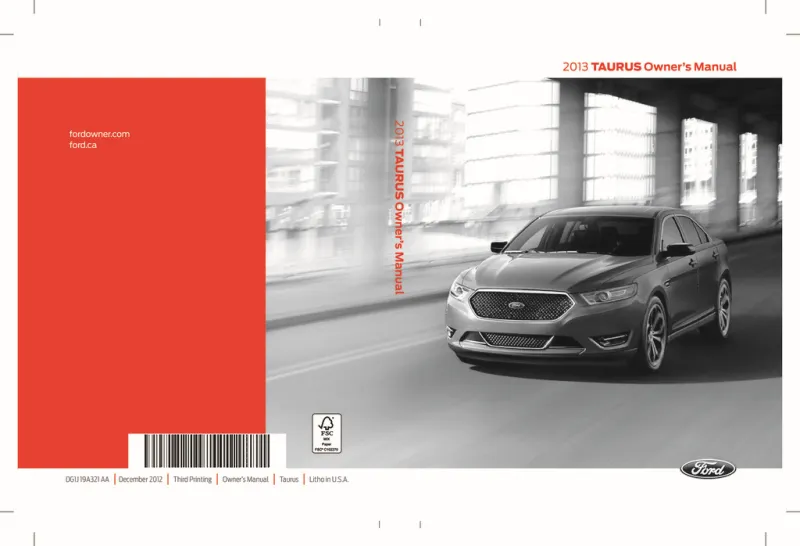
(owner manual)
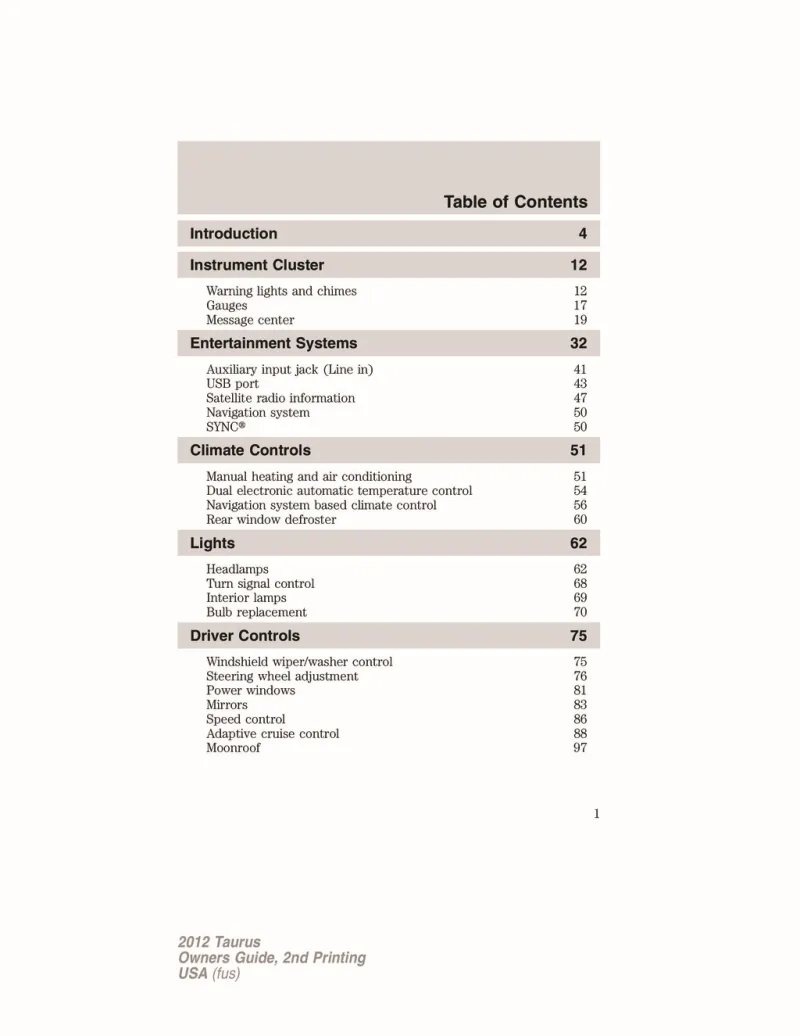
(owner manual)
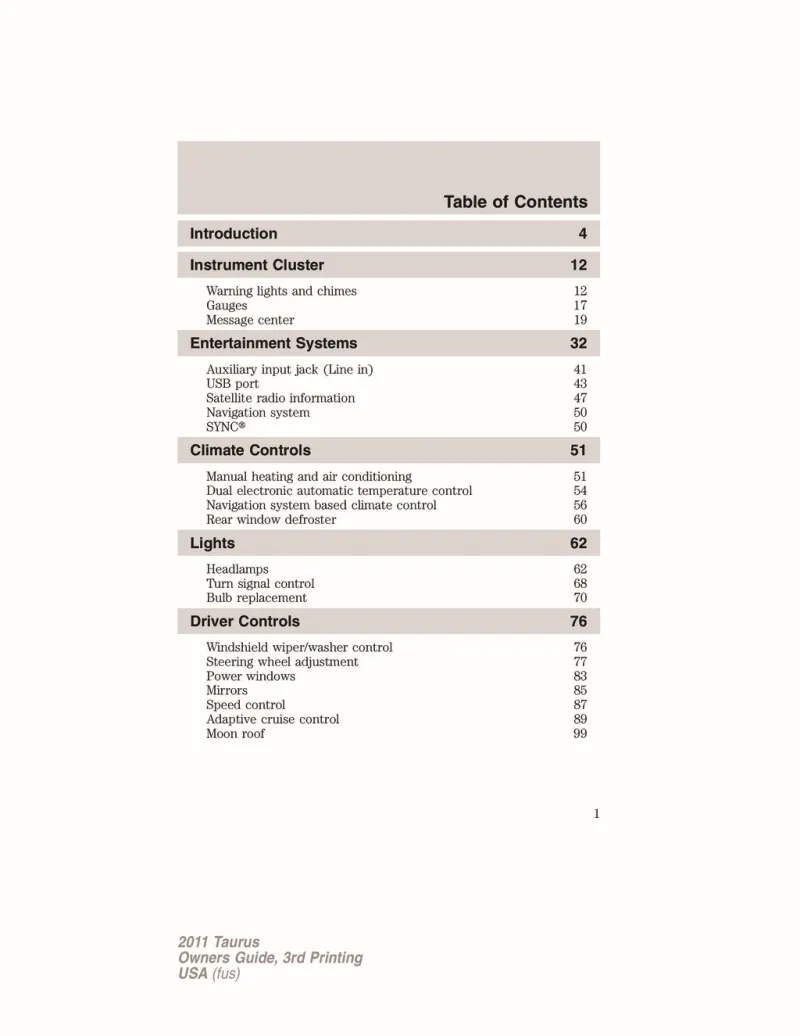
(owner manual)
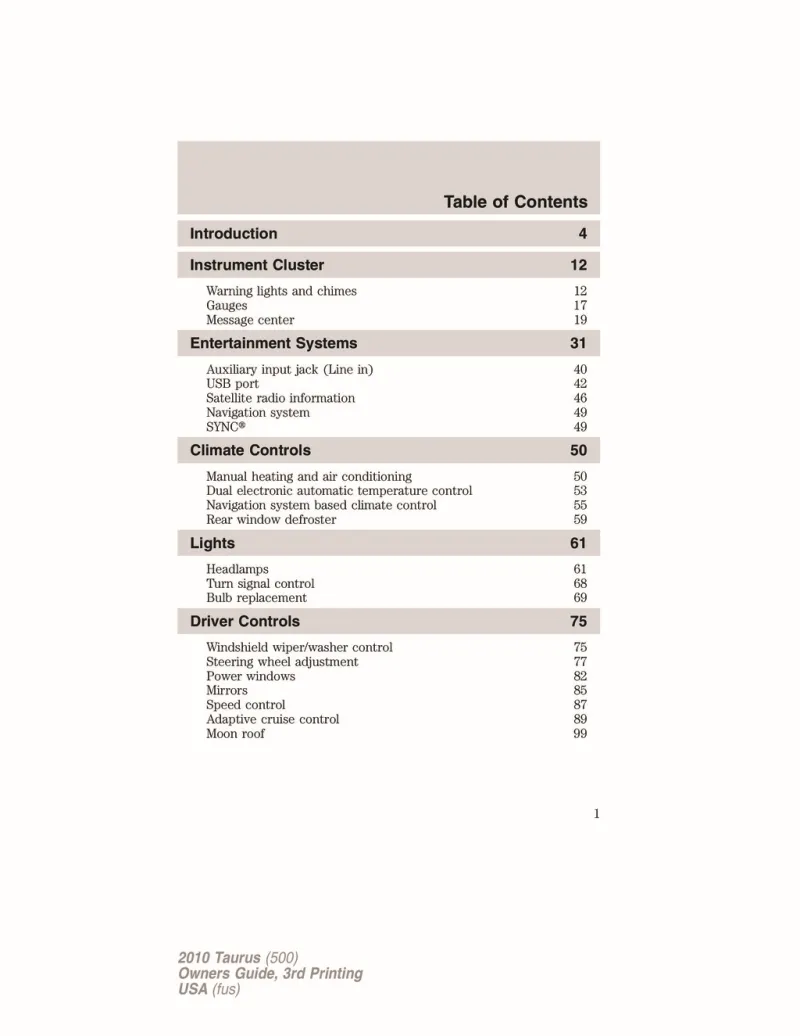
(owner manual)
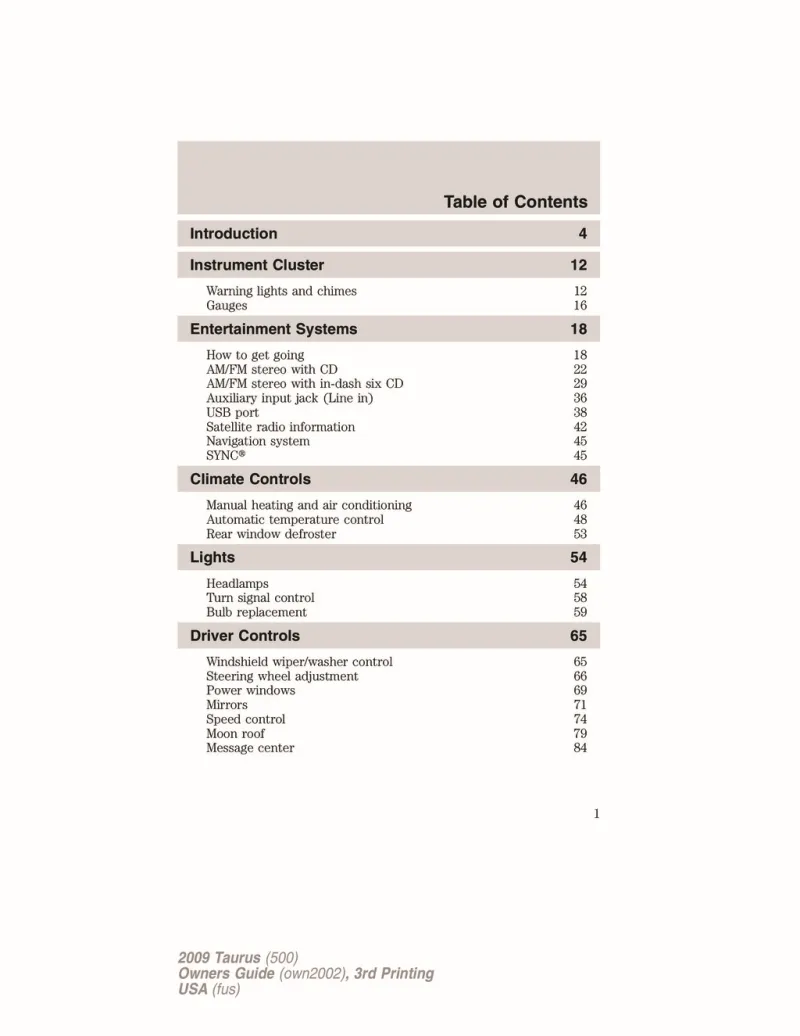
(owner manual)
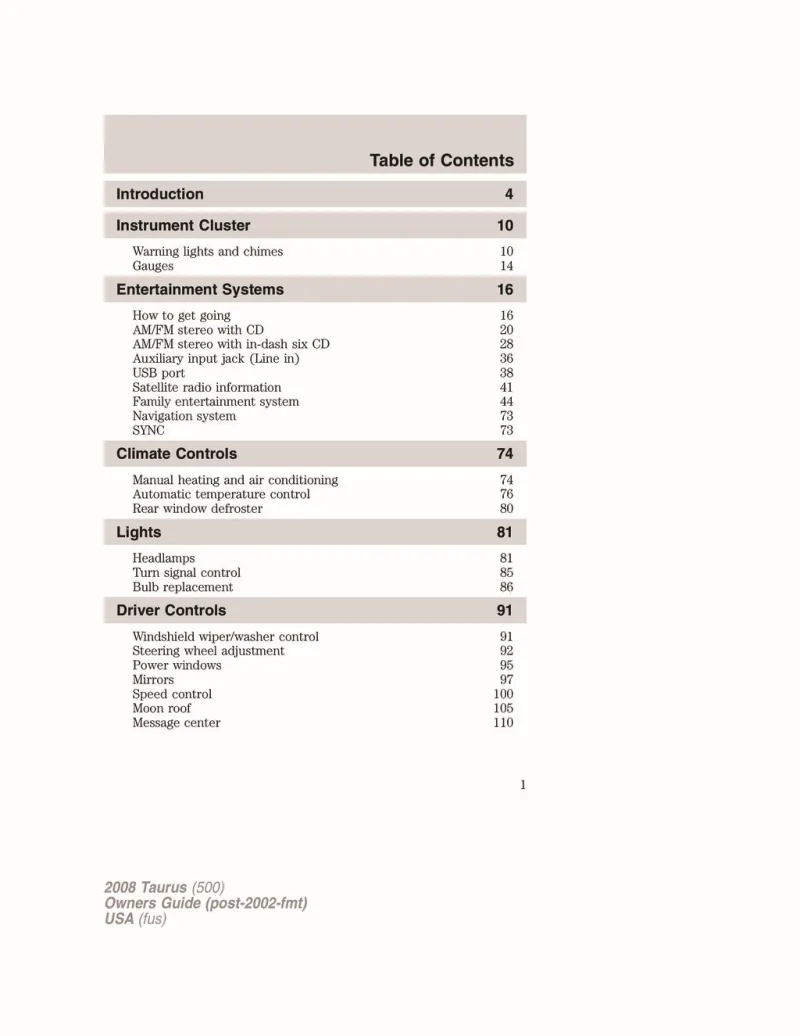
(owner manual)
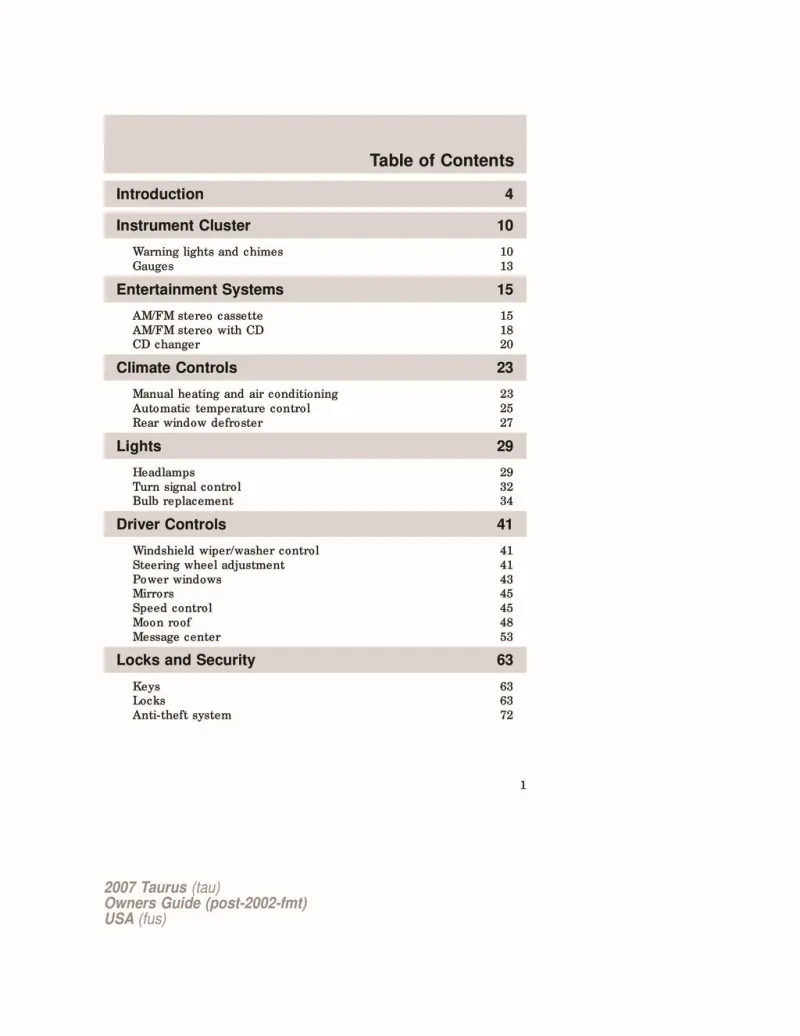
(owner manual)
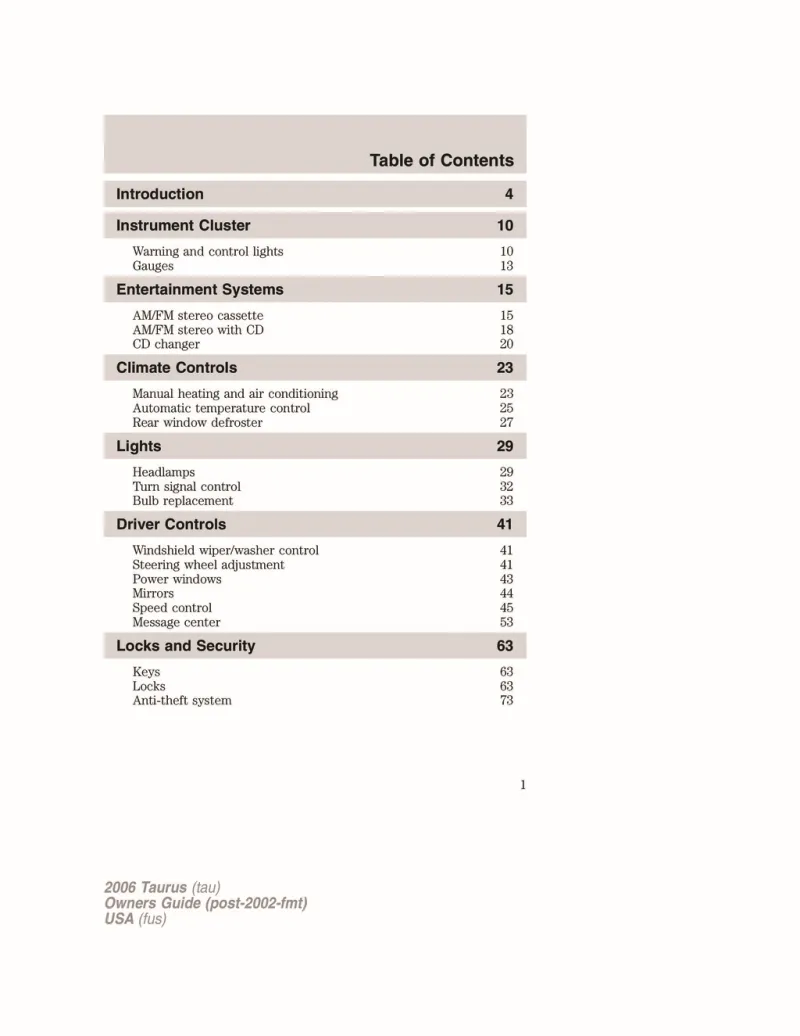
(owner manual)
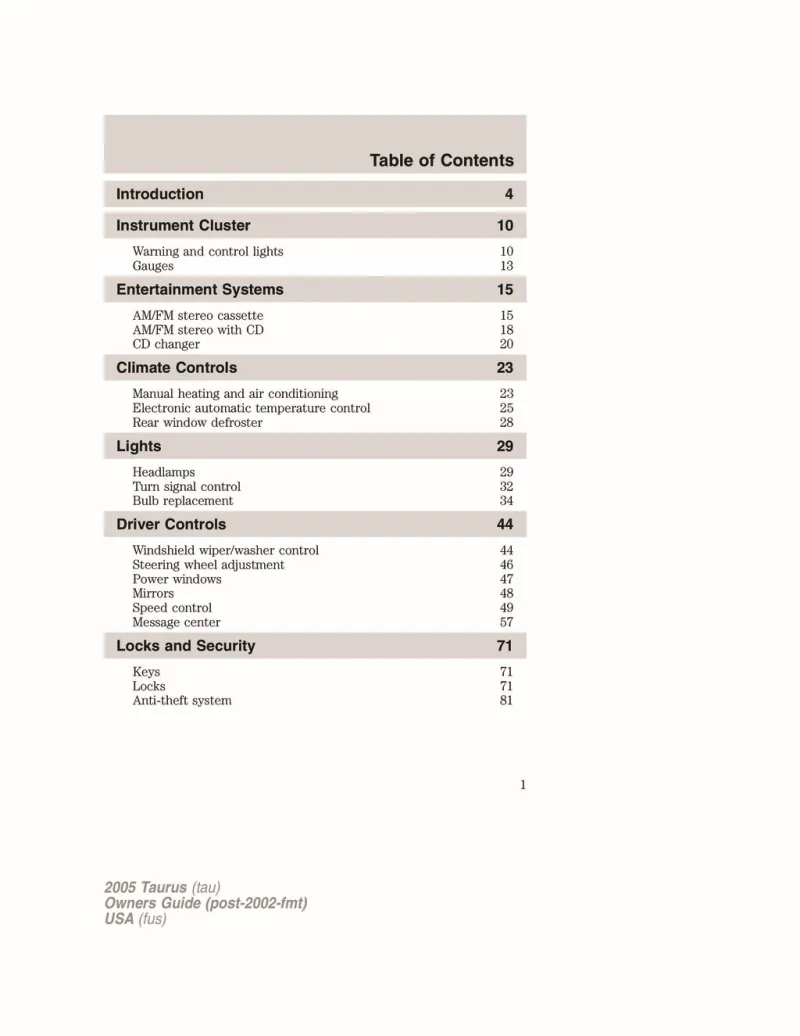
(owner manual)
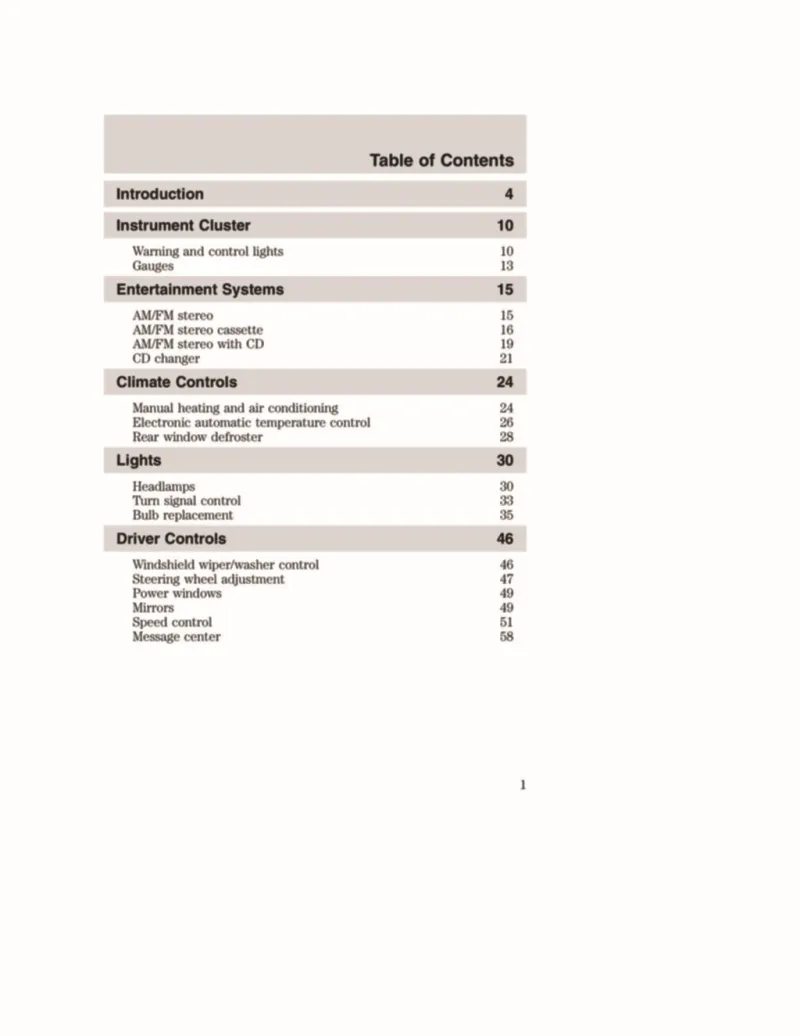
(owner manual)
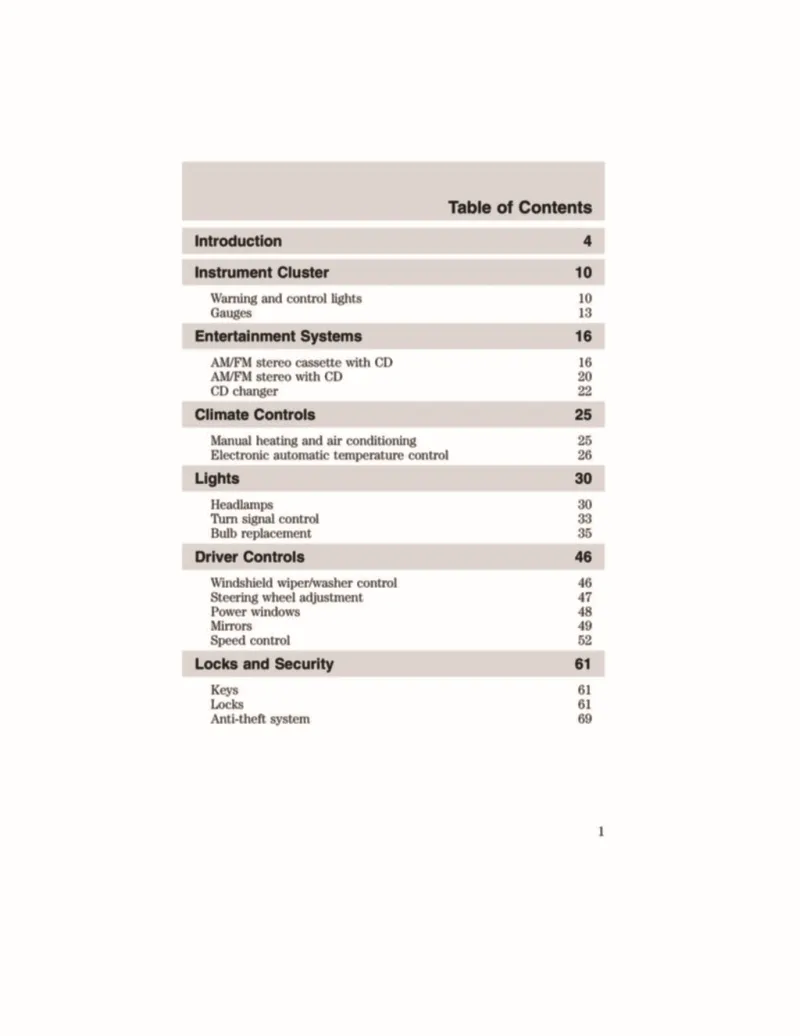
(owner manual)

(owner manual)
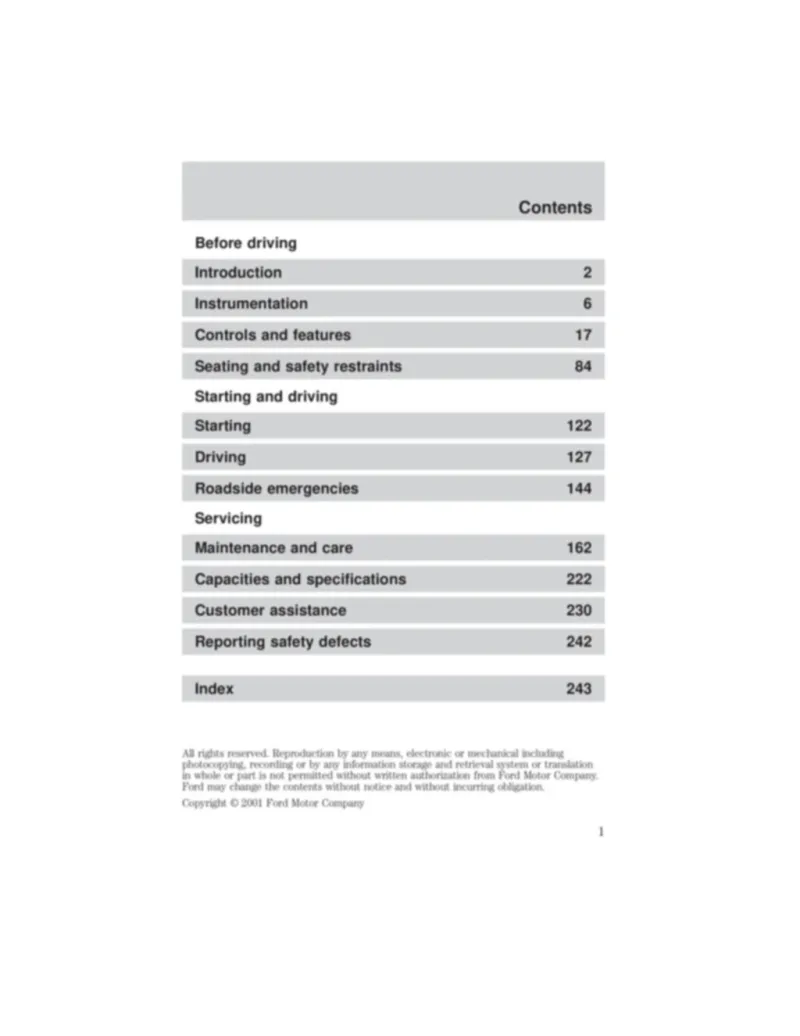
(owner manual)
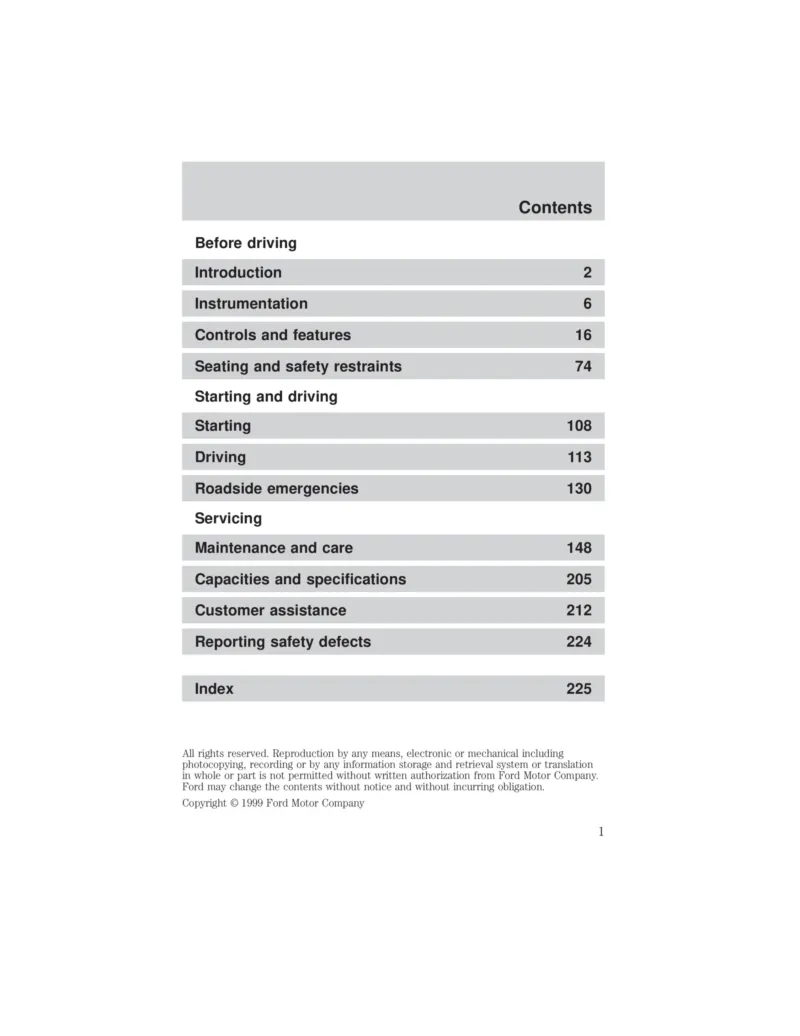
Ford Taurus specs
Owner Manual
The Ford Taurus owner's manual is an essential guide that provides vital information for understanding and maintaining your vehicle. It contains detailed instructions on operating various features, safety guidelines, and troubleshooting tips. For new owners, familiarizing themselves with the owner manual is crucial to ensure an optimal driving experience. This manual covers everything from standard operating procedures to warranty information, ensuring you know your rights and responsibilities. It's highly recommended to keep it in the glove compartment for easy access during troubleshooting or when clarifying operational functions.
Model Overview
The Ford Taurus was a mid-size sedan that transitioned through various generations since its debut in 1985. Recognized for its smooth ride quality, spacious interior, and advanced technology features, the Taurus quickly became a family favorite. Throughout its lifecycle, the Taurus has evolved to incorporate modern design elements and efficient performance metrics that appeal to a broad range of customers. The last generation, produced until 2019, showcased enhanced safety features, a variety of available engines, and modern infotainment systems, making it a competitor in the ever-evolving sedan market.
Trims
The Ford Taurus typically comes in several trims, each offering different features and specifications. Common trims include the SE, SEL, Limited, and SHO. The SE serves as the base model, balancing affordability with essential features. The SEL adds more comfort with additional tech and aesthetics, while the Limited trim focuses on luxury with high-end materials and advanced features. Finally, the SHO trim is equipped with a powerful engine for those looking for more performance, coupled with sporty design elements and cutting-edge technology. Understanding the trims helps owners choose the model that best fits their needs and lifestyle.
Known Problems
While the Ford Taurus is generally a reliable vehicle, some known issues have been reported by owners. Common concerns include transmission problems, particularly with earlier models, and electrical issues where components like the power windows and traction control may malfunction. Additionally, some owners have reported problems with brake responsiveness and wear over time. Regular maintenance is key to minimizing these issues, and it is advisable for owners to be aware of potential warnings to address them promptly.
Maintenance Tips
To maintain the Ford Taurus properly, following the recommended service schedule in the owner manual is crucial. Regular oil changes, scheduled inspections, and fluid level checks can prolong the vehicle's lifespan. Pay attention to tire maintenance, including rotation and pressure checks, to ensure better handling and fuel efficiency. Regularly replacing air filters and checking brake pads can also enhance performance. Lastly, maintaining a clean interior and exterior can help prevent long-term wear and tear on the car's surfaces.
FAQs
Q: How often should I change the oil?
A: It is recommended to change the oil every 5,000 to 7,500 miles, but referring to the specific guidance in your owner manual is best.
Q: What type of fuel should I use?
A: The Ford Taurus typically runs on regular unleaded gasoline, but high-performance models such as the SHO may benefit from premium fuel for optimal performance.
Q: Is it necessary to use Ford-certified parts?
A: While it is not strictly necessary, using Ford-certified parts can ensure compatibility and performance, helping to maintain the integrity of your vehicle.
Q: What do I do if my check engine light comes on?
A: Check the owner manual for guidance on what the light may indicate and seek professional diagnostics if necessary to prevent further issues.
Ford Taurus PDF owner manual
Ford Taurus competitors
Ford Taurus Manual Questions
Fill the form below and someone will help you!

